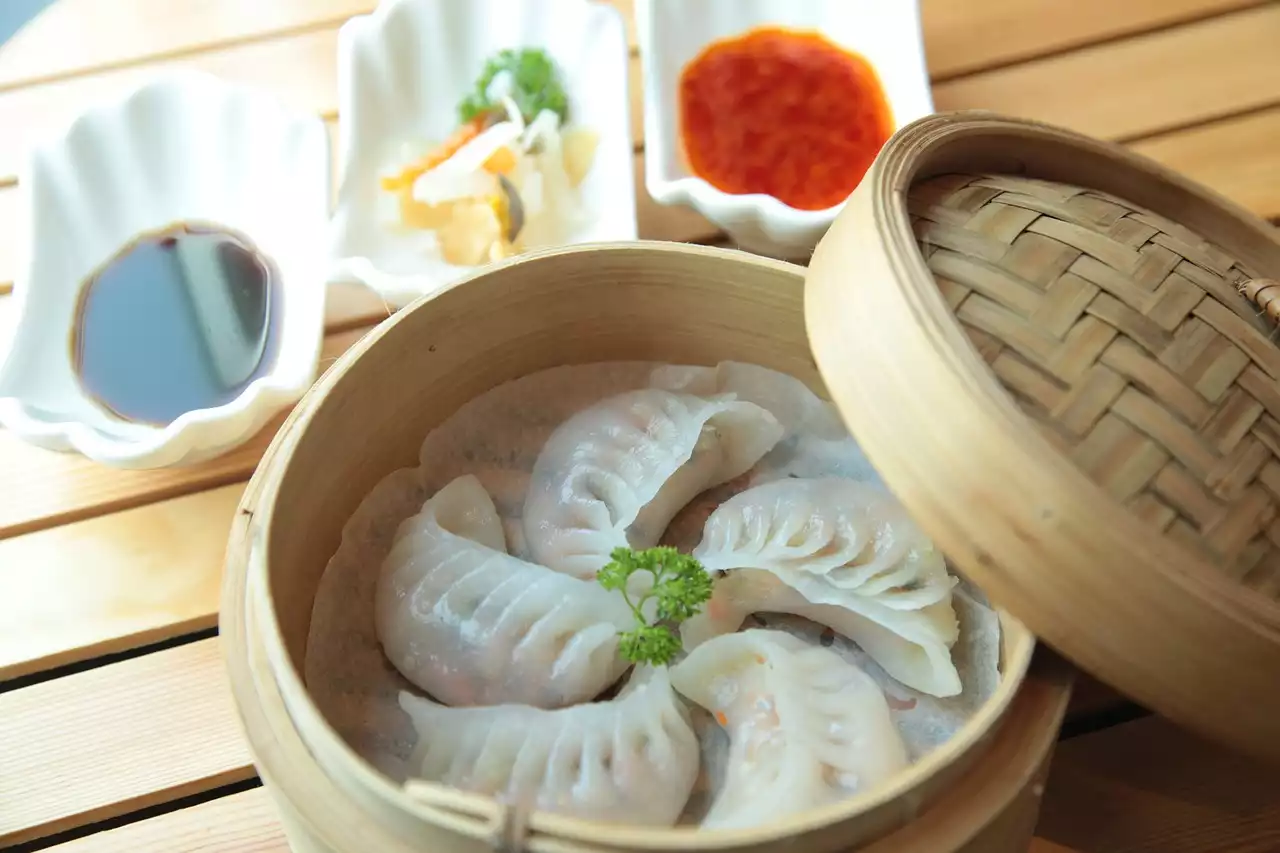Dumplings are a beloved food around the world, and for good reason. With their pillowy dough and flavorful fillings, they offer a delicious and comforting eating experience. But did you know that dumplings come in many different forms and varieties, each with its own unique history and cultural significance? In this article, we'll take a deep dive into the world of Asian dumplings, exploring the different types, how to make them, and more.
History of Dumplings in Asia
Dumplings have been a staple food in Asia for centuries. In China, they date back to the Han Dynasty, which ruled from 206 BC to 220 AD. According to legend, a doctor named Zhang Zhongjing created the first dumplings by wrapping mutton, chili, and herbs in dough to prevent frostbite. From there, dumplings became popular across China and eventually spread to other parts of Asia.
Today, different regions in Asia have their own unique styles of dumplings, with different fillings and cooking methods. In Japan, gyoza are a popular type of dumpling that are typically filled with ground pork and vegetables, then pan-fried and steamed. In Korea, mandu are often filled with beef, pork, or kimchi, and can be boiled, steamed, or pan-fried. In Vietnam, banh mi are steamed buns filled with pork, vegetables, and herbs, while banh bao are similar buns filled with pork and mushrooms. Thai dumplings, or kanom jeeb, are made with a delicate rice flour wrapper and typically filled with shrimp and water chestnuts.
Types of Asian Dumplings
Let's take a closer look at some of the most popular types of Asian dumplings:
Chinese Dumplings:
- Jiaozi: These crescent-shaped dumplings are typically filled with pork and vegetables, and can be boiled, steamed, or pan-fried.
- Shui Jiao: These boiled dumplings are typically larger than jiaozi and have a thinner skin. They are often filled with pork and cabbage, and are a traditional food during Chinese New Year.
- Guo Tie: Also known as potstickers, these dumplings are pan-fried on one side and steamed on the other, giving them a crispy bottom and a tender top.
- Xiao Long Bao: These soup dumplings are filled with pork and a savory broth, and are a specialty of Shanghai. When you bite into them, the hot broth inside bursts out, creating a delicious and satisfying eating experience.
Japanese Dumplings:
- Gyoza: These pan-fried dumplings are typically filled with ground pork and vegetables, and are served with a dipping sauce made of soy sauce, rice vinegar, and chili oil.
Korean Dumplings:
- Mandu: These dumplings can be filled with a variety of ingredients, including beef, pork, or kimchi, and are typically boiled, steamed, or pan-fried.
Vietnamese Dumplings:
- Banh Mi: These steamed buns are filled with pork, vegetables, and herbs, and are a popular breakfast food in Vietnam.
Banh Bao: These steamed b uns are similar to banh mi, but are filled with pork and mushrooms.
Thai Dumplings:
- Kanom Jeeb: These delicate rice flour dumplings are typically filled with shrimp and water chestnuts, and are served with a sweet soy sauce dipping sauce.
Of course, these are just a few examples of the many types of Asian dumplings that exist. Each region and country has its own unique styles and variations, making the world of Asian dumplings a rich and varied one.
How to Make Asian Dumplings
Making dumplings from scratch can seem intimidating at first, but with a little practice and patience, it can be a fun and rewarding experience. Here's a basic recipe to get you started:
Dumpling Dough:
- 2 cups all-purpose flour
- 3/4 cup warm water
Dumpling Filling:
- 1 pound ground pork
- 2 cups finely chopped vegetables (such as cabbage, carrots, and scallions)
- 1 tablespoon soy sauce
- 1 tablespoon rice wine or dry sherry
- 1 teaspoon sugar
- 1 teaspoon grated ginger
- 1/2 teaspoon salt
- 1/4 teaspoon white pepper
- In a large bowl, mix the flour and water until a smooth dough forms. Knead the dough for a few minutes, then cover with a damp towel and let rest for 30 minutes.
- In another bowl, mix together the ground pork, chopped vegetables, soy sauce, rice wine or sherry, sugar, ginger, salt, and pepper until well combined.
- To assemble the dumplings, roll out the dough on a floured surface and cut out circles using a cookie cutter or a drinking glass. Place a small spoonful of filling in the center of each circle, then fold the dough over and pinch the edges together to seal.
- To cook the dumplings, you can boil, steam, or pan-fry them, depending on your preference.
Serving and Eating Asian Dumplings
Once your dumplings are cooked and ready to eat, there are many different ways to enjoy them. In China, it's common to dip dumplings in a mixture of soy sauce and black vinegar, while in Japan, gyoza are often served with a dipping sauce made of soy sauce, rice vinegar, and chili oil. In Korea, mandu are often served with a spicy dipping sauce, while in Vietnam, banh mi and banh bao are typically enjoyed with a side of fish sauce or hoisin sauce.
In addition to dipping sauces, many types of Asian dumplings are also served with accompaniments such as steamed rice, soup, or stir-fried vegetables. And of course, dumplings can be enjoyed as a main course, appetizer, or snack, depending on your appetite and mood.
Conclusion
In conclusion, the art of Asian dumplings is a vast and fascinating one, with a rich history and a variety of styles and flavors. Whether you're a seasoned dumpling enthusiast or a newcomer to this delicious food, we hope this article has inspired you to explore the world of Asian dumplings and appreciate the cultural significance behind this beloved dish. So go ahead, grab your chopsticks, and start exploring the wonderful world of dumplings!









